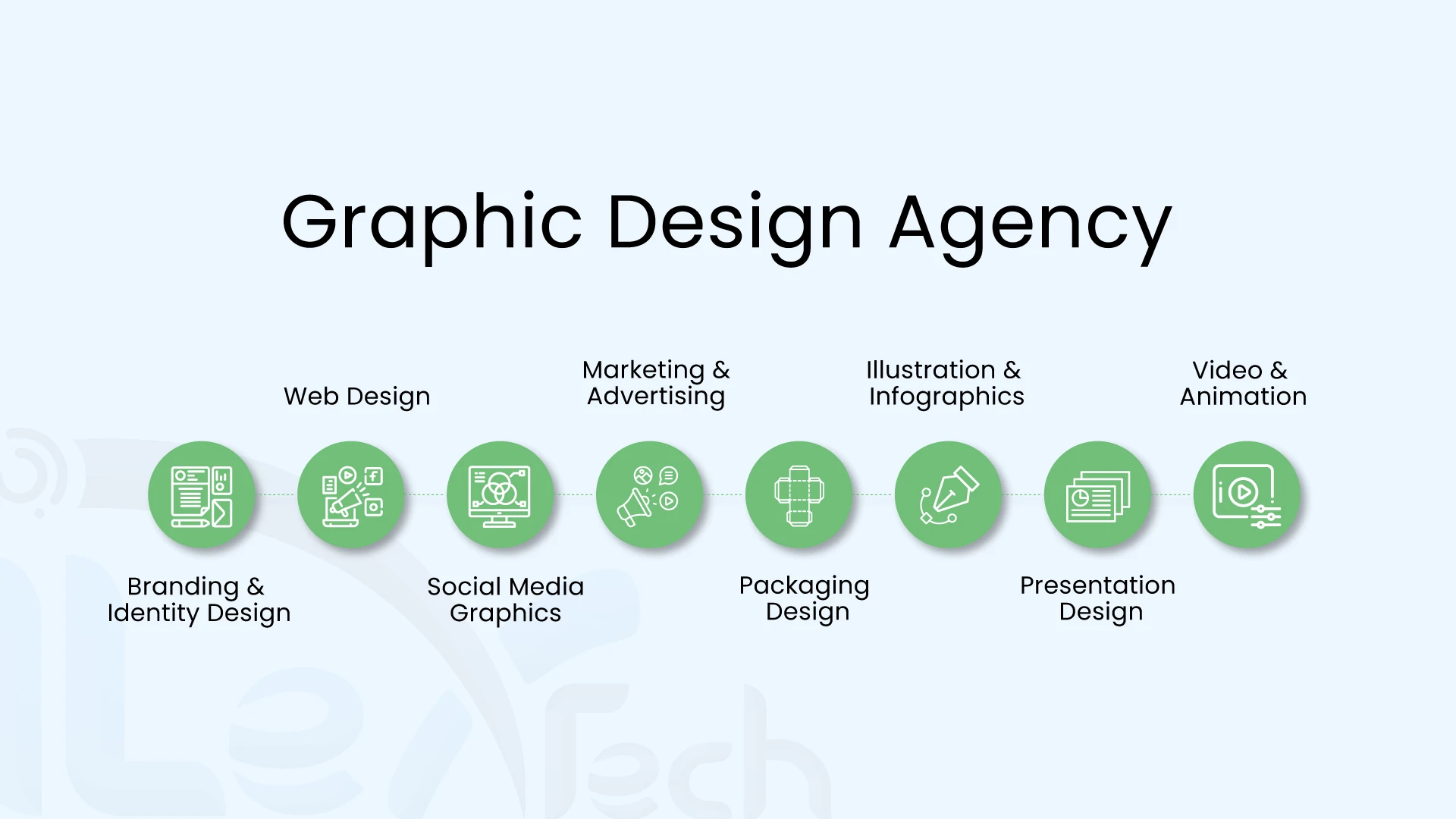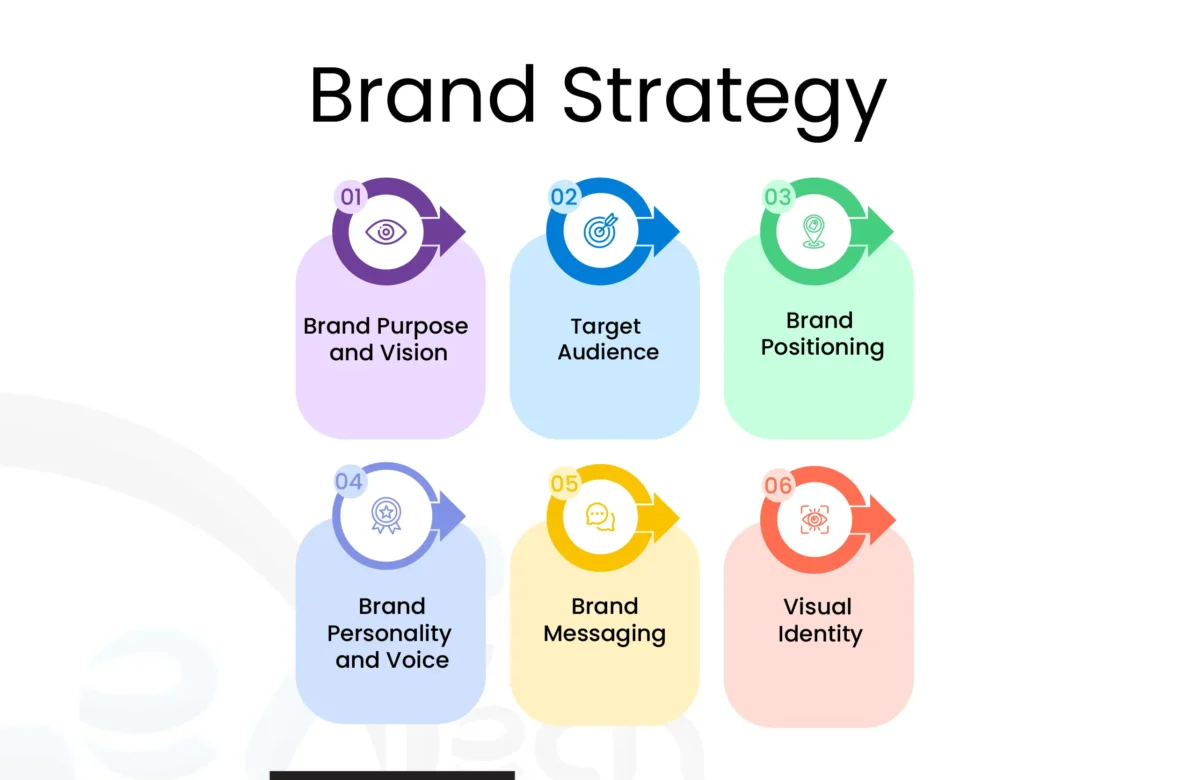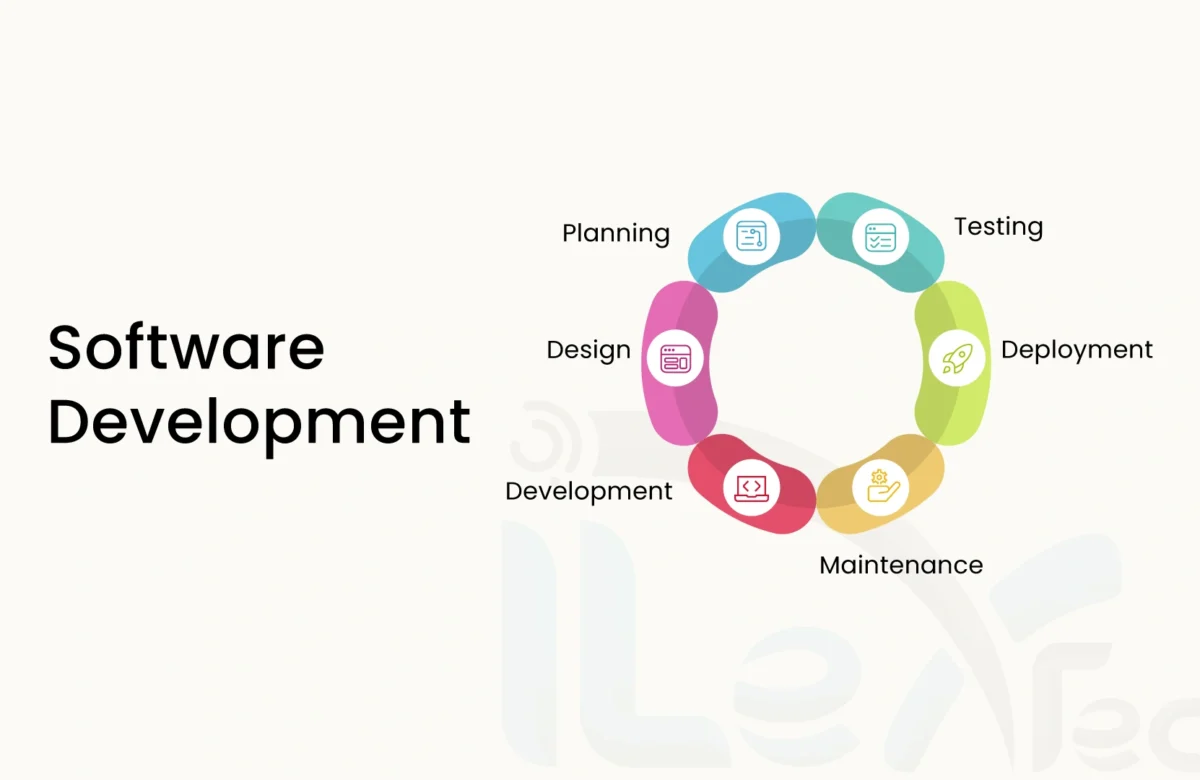In today’s digital age, graphic design is essential in defining and representing a brand. A graphic design agency specializes in creating visual content that communicates a brand’s message, captures attention, and resonates with audiences. So, we’ve compiled a guide for you. It’ll help you explore what a graphic design agency does, the different types available and the key benefits of working with one.
What Does a Design Agency Do?
A graphic design agency is a team of creative professionals dedicated to designing visual elements that help brands communicate effectively with their audiences. The agency’s primary goal is to enhance the brand’s visual identity, ensure consistent messaging across all channels, and create assets that drive engagement and leave a lasting impression.
Graphic design agencies typically work on a wide range of projects, including but not limited to:
- Branding – Developing brand identities, logos, color palettes, and typography represents the brand’s personality and values.
- Web Design – Creating visually appealing and user-friendly website designs that provide a seamless experience for visitors.
- Print Design – Designing printed materials like brochures, posters, business cards, and packaging that align with the brand’s image.
- Digital Marketing Assets – Creating engaging visuals for social media, email campaigns, and digital ads.
These agencies combine creativity with strategy, ensuring that the designs look great and serve a specific purpose, such as increasing brand awareness or driving conversions. In addition, they understand the importance of creating a cohesive and visually appealing identity, allowing businesses to present themselves consistently across all platforms.
Different Types of Design Agencies
Not all design agencies are the same; they vary based on specialization, expertise, and services. Here are some of the main types of design agencies:
1. Graphic Design Agency
A graphic design agency focuses on creating visual content across digital and print media. These agencies handle everything from logos and branding to social media graphics, flyers, and posters. Indeed, their primary goal is to help brands establish a memorable visual identity that stands out in the market.
2. Branding Agency
Branding agencies focus on developing a brand’s identity, personality, and voice. They help businesses define their unique value propositions, create brand guidelines, and develop logos, taglines, and other core brand elements. Also, branding agencies are ideal for companies looking to develop or redefine their brand image.
3. Web Design Agency
Web design agencies create and optimize websites for a seamless user experience. They handle everything from website layout and structure to UI (User Interface) and UX (User Experience) design, ensuring that the website is visually appealing, functional, and easy to navigate.
4. Marketing Design Agency
Marketing design agencies are used for designing any form of visual advertisement and also a promotional scheme. They generate digital or print ads, social graphics, banners, and video pieces. In short, they make the brand’s message reach the market effectively.
5. Full-Service Design Agency
Full-service design agencies offer a broad range of services, including branding, graphic design, web design, and marketing design. These agencies provide end-to-end solutions for businesses seeking a one-stop shop for all their design needs, making them a popular choice for larger brands with complex requirements.
6. Product Design Agency
Product design agencies focus on creating physical products or digital products, like apps and software. They mix UX and UI design to make products that look good, work well, and are easy for users. These agencies are great for tech startups and companies that want to provide new and exciting products to their customers.
The skills and focal points of every kind of design agency are different. This allows business to choose one that suits their needs and objectives.
Benefits of Working with a Design Agency
Collaborating with a design agency offers numerous benefits that can elevate a brand’s visual identity and enhance its presence in the market. Here are some key advantages:
1. Professional Expertise and Creativity
The best designers, planners, and creative people work in design agencies. They know lots of things about various industries and styles in design. They really make good quality and powerful designs that reach out to the people. On the other hand, with the team of professionals, the brands will have all their visual materials neat, consistent, and following the industry requirements.
2. Brand Consistency
Consistency is quite important in developing a brand known and trusted by people. Design agencies develop rules for the brand and make sure all the visual elements follow those rules. Thus, the uniform look and feel from colors to the usage of the font and logos help people identify the brand more clearly.
3. Access to Cutting-Edge Tools and Trends
Design agencies stay updated with the latest design trends, technologies, and software. This allows them to incorporate modern, innovative elements into their designs, ensuring the brand remains relevant and appealing. Furthermore, agencies often have access to premium design tools and resources, giving their clients a competitive edge.
4. Time and Cost Efficiency
Design agencies streamline the creative process, handling everything from brainstorming and concept development to final production. This saves businesses time and allows them to focus on other core areas. In addition, outsourcing design work to an agency can be more cost-effective than hiring an in-house team, as agencies typically work on a project or retainer basis.
5. Objective Perspective
Agencies bring an outsider’s perspective, providing objective insights and creative solutions that may not be apparent to in-house teams. They offer fresh ideas and innovative approaches, allowing businesses to push their creative boundaries and produce unique designs.
6. Enhanced Brand Credibility
High-quality, professional design enhances a brand’s credibility and appeals to consumers’ trust. Working with a design agency ensures that the brand presents itself in the best light, creating a positive impression and establishing authority within the industry.
How to Choose the Best Design Agency for Your Requirements
Selecting the right design agency is essential for a successful collaboration. Here are some steps to help you choose the best agency for your needs:
1. Define Your Goals and Budget
First things first, decide what you want to achieve with your design project. Obviously, this could be things like rebranding, making a website, or creating marketing materials. In fact, write down your goals and set a budget, because this will help you find agencies that match your needs and resources.
2. Research and Review Portfolios
In Particular, you’ve to look for agencies with experience in your industry or similar projects, as they’re likely to understand your needs better. Review their portfolios to assess their design style, quality, and versatility. Without a doubt, pay attention to projects that align with your aesthetic preferences and requirements.
3. Check Client Reviews and Testimonials
Reading client reviews and testimonials can provide insights into an agency’s work ethic, reliability, and customer satisfaction. Above all, you’ve to look for reviews on third-party websites like Clutch or Google, as these are often more unbiased.
4. Evaluate Communication and Collaboration Style
Choose an agency that communicates clearly, responds promptly, and is open to collaboration. Clearly effective communication is essential for a smooth working relationship, ensuring that both parties are aligned and that feedback is incorporated throughout the process.
5. Discuss Timelines and Deadlines
Ask about the agency’s project timelines and ability to meet deadlines, especially if you have time-sensitive needs. Undoubtedly, you clarify expectations regarding delivery schedules and make sure that the agency has the capacity to handle your project within the desired timeframe.
6. Consider Additional Services
Some design agencies specialize in a few additional services such as content creation, digital marketing, or development. On the other hand, a full-service agency may help you where design work is complemented by content creation, digital marketing, or development.
Last but not least, designing requires much thinking and research to choose the correct design agency, but then the right one like Ilextech, will ensure a good and effective working relationship.
Services Offered by Graphic Design Agencies
Graphic design agencies provide a wide range of services to meet the diverse needs of businesses. Here are some of the most common services they offer:
1. Branding and Identity Design
Branding services include logo design, color palette selection, typography, and creating brand guidelines. Plus, the agencies develop a brand’s visual identity to reflect its values, mission, and personality, ensuring it stands out in the market.
2. Web Design
Many design agencies offer web design services, including UI/UX design, layout creation, and responsive design. They really work to create visually appealing, user-friendly websites that provide a seamless experience across devices.
3. Social Media Graphics and Content
Graphic design agencies create social media graphics, banners, and visual content. They make content to enhance brand presence on great platforms like Instagram, Facebook, and LinkedIn. Indeed, these agencies produce eye-catching visuals that align with the brand’s identity and engage followers.
4. Marketing and Advertising Materials
From brochures and flyers to email banners and digital ads, agencies design promotional materials to support marketing campaigns. They make sure these materials are visually compelling and consistent with the brand’s message.
5. Packaging Design
Packaging design is crucial for product-based brands, as it directly impacts consumers’ perceptions. The agencies create unique and attractive packaging that conveys the brand’s values and appeals to the target audience, ensuring the product stands out on the shelves.
6. Illustration and Infographics
Agencies offer illustration and infographic design services for brands looking to incorporate custom artwork. Visuals are often used to simplify complex information, make data more engaging, or add a unique flair to marketing materials.
7. Presentation Design
Design agencies assist with presentation design, creating visually appealing slides that enhance storytelling and help brands communicate their message effectively. In addition, the presentation design services are valuable for pitch decks, client meetings, and corporate events.
8. Video and Animation
Many graphic design agencies have now incorporated video and animation services into their list. Also, they make explainer videos, motion graphics, and animated ads. This creative format is very engaging and helps brands showcase their information in a more dynamic way.
In short a graphic design agency helps build the visual identity for a brand and connects it to its audience. Partnering a business with a design agency means that they will be provided with professional expertise in more advanced tools and the creative insights that would facilitate their brand. So, always choose an agency that shares your vision, communicates well, and designs with an impact!
FAQs
What does a graphic design firm do?
A graphic design firm creates visual content, including logos, marketing materials, websites, and branding assets, to help businesses communicate their message effectively. They use design to enhance brand identity and audience engagement.
Why use a design agency?
A design agency provides expert creativity, consistency, and a fresh perspective, ensuring that branding and visuals align with business goals. They help enhance brand appeal and create a memorable customer experience.
What are the objectives of a design agency?
The main objectives of a design agency are to build brand recognition, create visually appealing content, and communicate the brand’s message effectively. They aim to boost brand loyalty and drive customer engagement.



